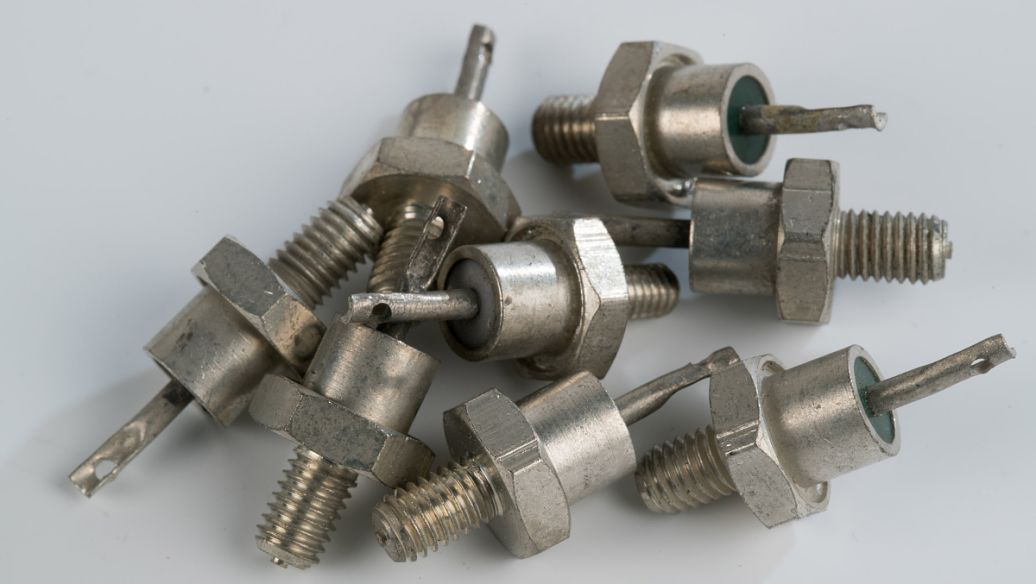हम आपकी किस प्रकार सहायता कर सकते हैं
As the name implies , an anemometer is an instrument for measuring air velocity. It uses a high-performance wind speed sensor and a complete microcomputer detection and control instrument, which can simultaneously monitor and display the measured wind speed changes. The principle is to place a thin metal wire in a fluid, pass an electric current to heat the metal wire, and make its temperature higher than the temperature of the fluid. Therefore, the metal wire anemometer is called a "hot wire". When the fluid flows through the metal wire in a vertical direction, it will take away some of the heat of the metal wire, causing the temperature of the metal wire to drop. According to the forced convection heat exchange theory, it can be derived that there is a relationship between the heat Q dissipated by the hot wire and the velocity v of the fluid. Metal wires are generally made of metals with high melting points and good ductility, such as platinum, rhodium, and tungsten. The commonly used wire has a diameter of 5μm and a length of 2 mm. The smaller probe has a diameter of only 1μm and a length of 0.2 mm.
According to different uses, hot wire probes are also made into double wires, three wires, oblique wires, V-shaped, X-shaped, etc. In order to reduce the strength, metal film is sometimes used instead of metal wire. Usually, a thin metal film is sprayed on a thermally insulating substrate, which is called a hot film probe. Hot wire probes must be calibrated before use. Static calibration is carried out in a special standard wind tunnel, measuring the relationship between flow velocity and output voltage and drawing a standard curve. Dynamic calibration is carried out in a known pulsating flow field, or adding a pulsating electrical signal to the anemometer heating circuit to check the frequency response of the hot wire anemometer. If the frequency response is not good, it can be improved with the corresponding compensation circuit.
The flow velocity measurement range of 0 to 100m/s can be divided into three sections: low speed: 0 to 5m/s; medium speed: 5 to 40m/s; high speed: 40 to 100m/s. The thermal probe of the anemometer is used for accurate measurement of 0 to 5m/s; the rotary probe of the anemometer is most ideal for measuring the flow velocity of 5 to 40m/s; and the use of the pitot tube can obtain the best results in the high-speed range. The American Siargo digital micro differential pressure sensor - FSP1000 series from Gongcai.com has high sensitivity, extremely small starting flow , and fast response speed; it has low pressure loss output (EI 2C; V-analog voltage, optional E and EV), differential pressure range (optional 250 and 500); the unit of the differential pressure range is Pa, for example, 250 represents a differential pressure of. +250Pa The standard output of the sensor is IC, and the analog voltage output is an option.